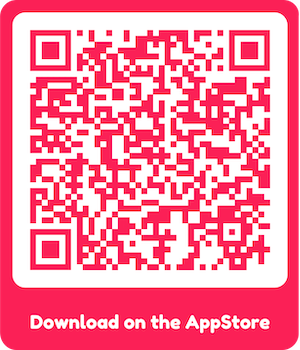Facebook, with its myriad of social interaction options, offers users the ability to tailor their online experience according to their preferences and comfort levels. Among these options, unfriending, unfollowing, and blocking stand out as three significant actions that, while seemingly similar, differ greatly in their implications and outcomes. Understanding these differences is crucial for navigating the social landscape of Facebook effectively.
Unfriending: A Step Back from Direct Connection
Unfriending someone on Facebook severs the direct social connection you share with them. When you unfriend a person, they are removed from your friends list, which restricts their access to your private posts and photos. This action does not, however, completely cut off all forms of interaction between you two. You and the unfriended individual can still view each other’s public profiles, send direct messages through Facebook Messenger, search for each other’s profiles, and even send a friend request again if you decide to reconnect. The process of unfriending is often used when users wish to tidy up their friends list or limit the amount of content they share with certain individuals without entirely blocking them from their online presence.
Unfollowing: Curating Your Newsfeed
Unfollowing on Facebook allows you to curate your newsfeed by removing someone’s posts from appearing on it without severing the friendship. This feature is particularly useful when you find someone’s posts uninteresting or overwhelming but do not wish to unfriend them and potentially harm your relationship. Unfollowing is a subtle action; the person you unfollow is not notified, maintaining the peace while giving you control over what content appears in your feed. Despite unfollowing, you remain friends and can visit their profile to interact with their posts directly. To see who is still following you despite your content not appearing in their newsfeed, you can navigate to the More tab and tap Followers, where a list of everyone following you is visible.
Blocking: The Digital Divide
Blocking is the most definitive action you can take against another user on Facebook. It is the digital equivalent of completely cutting off all ties and forms of interaction with someone. When you block an individual, you automatically unfriend them and restrict both parties from viewing each other’s public profiles, sending messages, and seeing any form of content posted by the other. Blocking is often a last resort, used in situations where users feel harassed, threatened, or simply need to enforce a strict boundary for their mental peace and privacy. While blocking can seem drastic, it’s a necessary tool for maintaining a safe and comfortable online environment.
Conclusion
Facebook’s options of unfriending, unfollowing, and blocking provide users with nuanced control over their social interactions on the platform. Each action serves a specific purpose, from gently modifying the content seen in the newsfeed to completely severing ties with another user. Understanding these differences enables Facebook users to manage their online relationships more effectively, ensuring a social media experience that aligns with their personal boundaries and preferences. Whether you’re looking to clean up your friends list, curate your newsfeed, or protect your online privacy, Facebook offers the tools necessary to do so in a manner that best suits your needs.
And remember, in order to track all of this, there exist apps which can alert you each and every time someone unfriends, unfollow or blocks you on Facebook.
